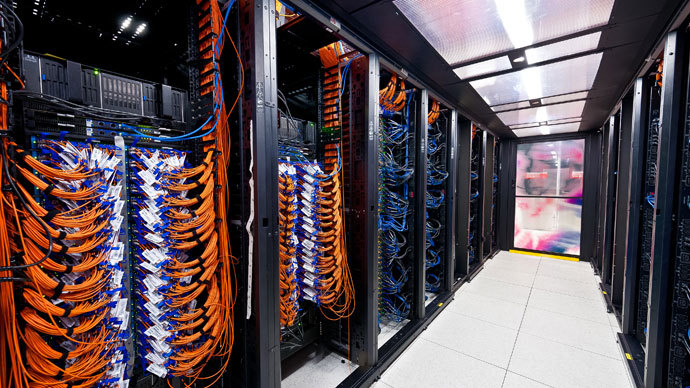God of thunder: New Australian supercomputer to help predict weather

A cutting edge supercomputer was unveiled in Australia to help scientists predict extreme weather conditions in the country, officials revealed. The computer is able to calculate vast amounts of data for forecast development.
The supercomputer was named Raijin – the Japanese god of thunder, lightning and storms – by the Australian National University in Canberra.
"You could say that we in the climate science community have a need for speed," the head of the Bureau of Meteorology Rob Vertessy told AFP. "The simple fact is that supercomputer capacity is a major determinant of our success in this field, but it's always been a struggle to secure access to it."
The new computer can complete complex simulations and modeling much faster and at a higher resolution than any other available in Australia, scientists say.
Trying to create a weather forecast for extreme weather requires millions of lines of code to be processed instantly, said Andy Pitman from the Centre of Excellence for Climate System Science.
"You cannot do that on your home computer, you need a seriously large system in order to do that kind of processing," he said. "And fortunately we now have one of those."

Technological capacity is crucial for research argued Lindsay Botten, director of the ANU's National Computational Infrastructure center, which houses the computer. "Advanced computational methods form an increasingly essential component of high-impact research, in many cases underpinning discoveries that cannot be achieved by other means," Botten said.
The supercomputer is said to be the 27th most powerful computer in the world. It weighs 70 tons and has 57,000 processing cores (an equivalent to around 15,000 laptop computers) with 160 terabytes of memory.
The funding for the computer came from Australia's infrastructure-building stimulus package, which was initiated during the global financial crisis.














